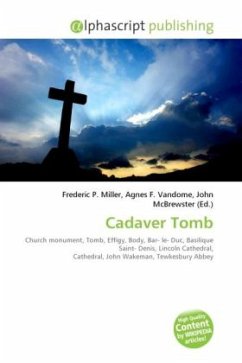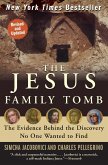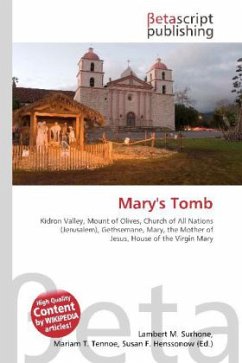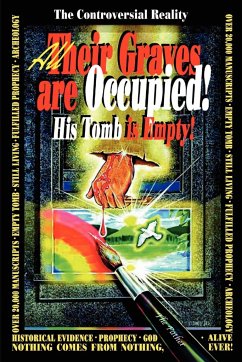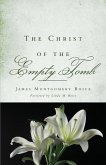High Quality Content by WIKIPEDIA articles! A cadaver tomb is a church monument or tomb featuring an effigy in the form of a decomposing body. This often resembles a carved stone bunk-bed displaying a person as they were before death or soon after their death on the top level and as a rotting cadaver on the bottom level, often shrouded and sometimes complete with worms and other flesh-eating wildlife. The term can also be used for a monument that shows only the cadaver without the live person. The sculpture is intended as an allegory of how transient earthly glory is, since it depicts what we all finally become. A depiction of a rotting cadaver in art is called a transi. A classic example is the "Transi de René de Chalons" by Ligier Richier, in the church of Saint Etienne in Bar-le-Duc, France. Beginning in the second half of the 14th century, cadaver tombs were a departure, in monumental architecture, from the usual practice of showing merely an effigy of the person as they werein life.

